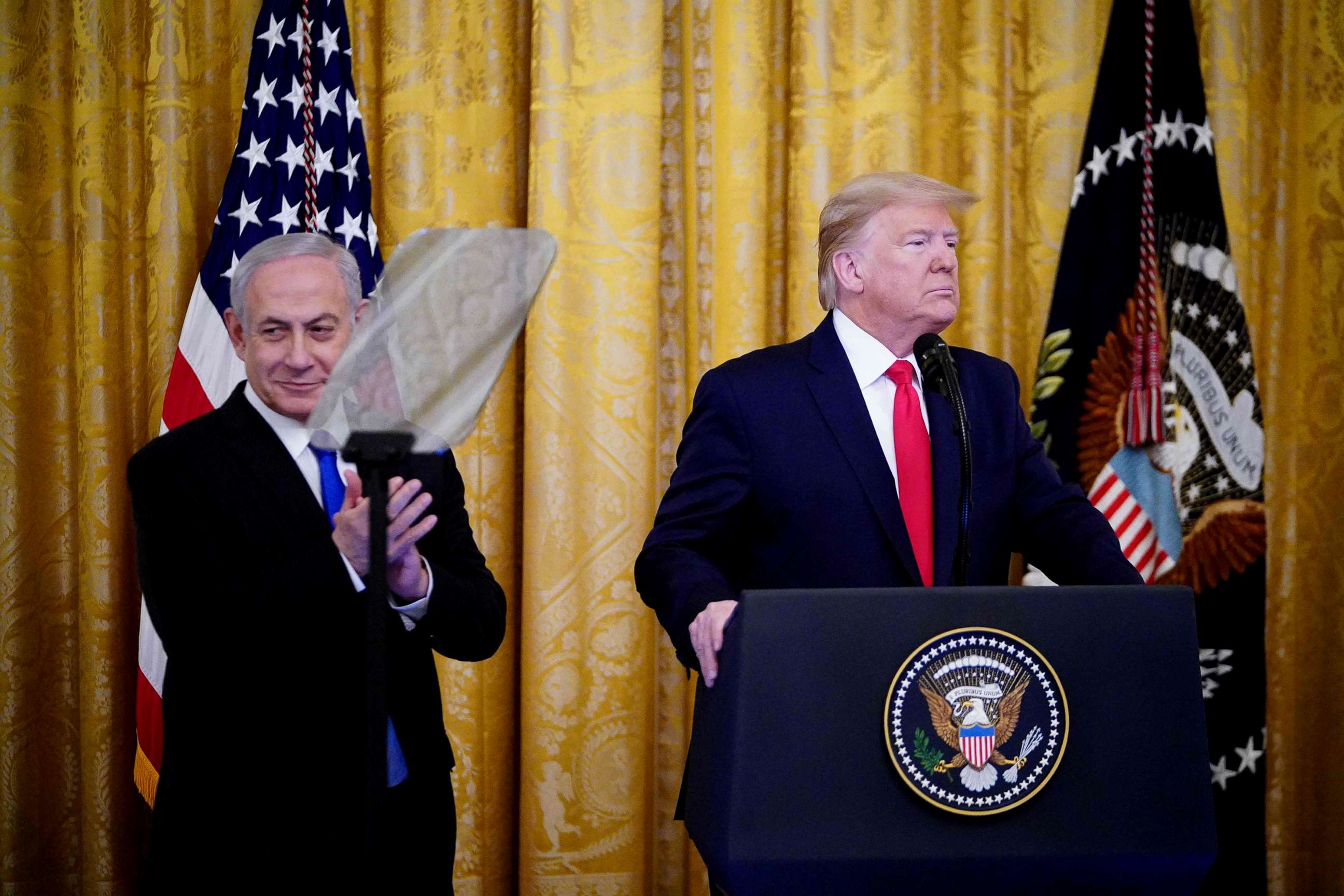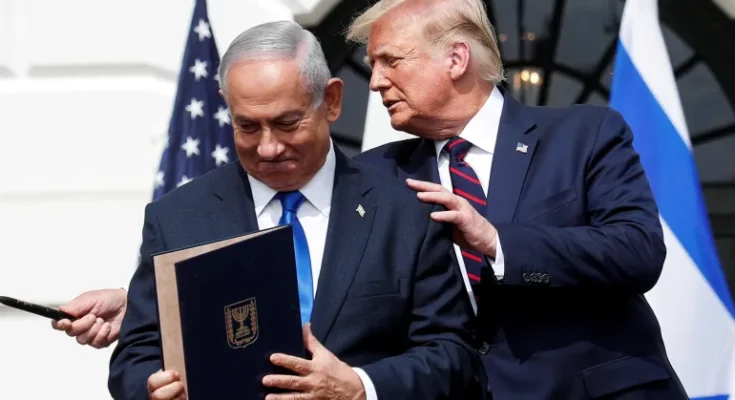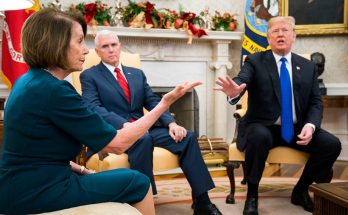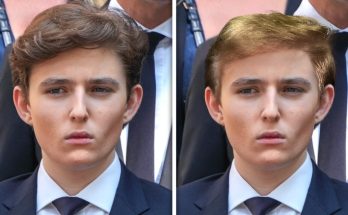It began not with speeches, but with silence. The kind of silence that falls before a major shift in history—before the cameras roll, before the pundits spin their headlines. When Donald Trump’s plane descended into the glowing sands of the Middle East, most observers dismissed it as another spectacle, another act in his theater of politics. But behind the cameras, in the closed rooms and long corridors of power, something far more profound was happening.
For years, world leaders had tried—and failed—to bring stability to the region. Netanyahu, long known for his defiance and political agility, seemed untouchable. Yet this time, it wasn’t just about Israel or Gaza. It was about control, perception, and the reclamation of global influence.
The First Move: The Triangular Pressure
Trump understood one timeless truth: power isn’t about shouting the loudest—it’s about who pulls the strings in silence.
He quietly assembled an unlikely trio—Egypt, Turkey, and the UAE—countries whose cooperation was historically unpredictable. In private calls that never made the press, he convinced each to act not as followers but as enforcers of balance. The result was unprecedented: diplomatic pressure so synchronized that even Netanyahu’s most loyal allies began urging caution.
Egypt applied pressure through border policy. Turkey threatened to shift its trade alignment. The UAE—long a strategic bridge—signaled economic hesitation. Piece by piece, Netanyahu’s wall of leverage began to crack.
The Second Move: The Summit Trap
At the Gaza Peace Summit, the choreography was unmistakably Trumpian. Every handshake, every seating arrangement, every pause between translators—it was all designed for one purpose: control.
Insiders describe a setting where Trump spoke last at every session, ensuring his words were final, decisive. When delegates from both sides tried to seize the moment, Trump would redirect the discussion, turning the negotiation into a one-man stage.
By the second day, it wasn’t Israel or Gaza dictating the agenda—it was Washington. Trump had turned a volatile summit into a masterclass in narrative domination.
The Third Move: The Optics War
But perhaps the most brilliant move wasn’t made in a conference room—it was made in front of the cameras.
Through calculated statements and orchestrated interviews, Trump created a powerful illusion: that peace itself was moving at his command. His confident posture, his deliberately ambiguous remarks, even the way he referred to “Netanyahu’s hesitation”—all were designed to shift public perception.
By week’s end, Netanyahu was no longer seen as the region’s decisive leader but as a reluctant player in Trump’s global chessboard. The man once feared for his strategy now appeared cautious, cornered, and—most devastatingly—irrelevant.
The Quiet After the Storm

When Air Force One lifted off from Tel Aviv, no one clapped. But the silence carried meaning. Trump had not just altered negotiations—he had redrawn the map of influence.
Back home, analysts debated the risks, critics condemned the ego, and allies whispered about genius cloaked in chaos. But those who watched closely understood: this was no stunt. It was the reawakening of an old kind of diplomacy—where dominance is crafted, not declared.
A Leader’s Reflection
In private moments, Trump’s circle says he spoke little about victory. Instead, he talked about timing, about how peace is “a performance only the strong can direct.”
He knew he had done something rare: he had made the world turn its gaze back to America—not out of fear, but out of necessity.
For an audience of Americans and Britons who remember the Reagan years, the Falklands, or the Cold War brinkmanship, this moment resonates deeply. It recalls an era when leadership meant audacity, not apology—when one man’s will could shift the tides of history.
And whether one admires or despises him, one truth remains impossible to ignore: in that desert night, Trump didn’t just chase headlines.
He seized history itself.



